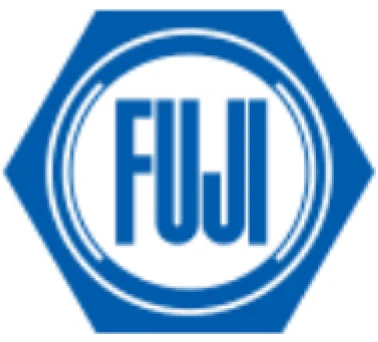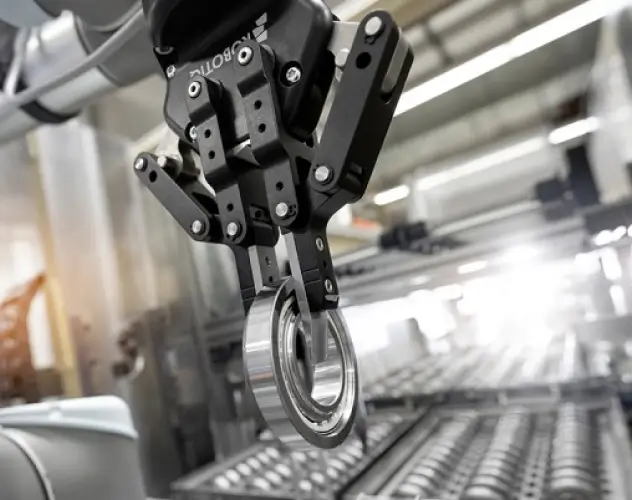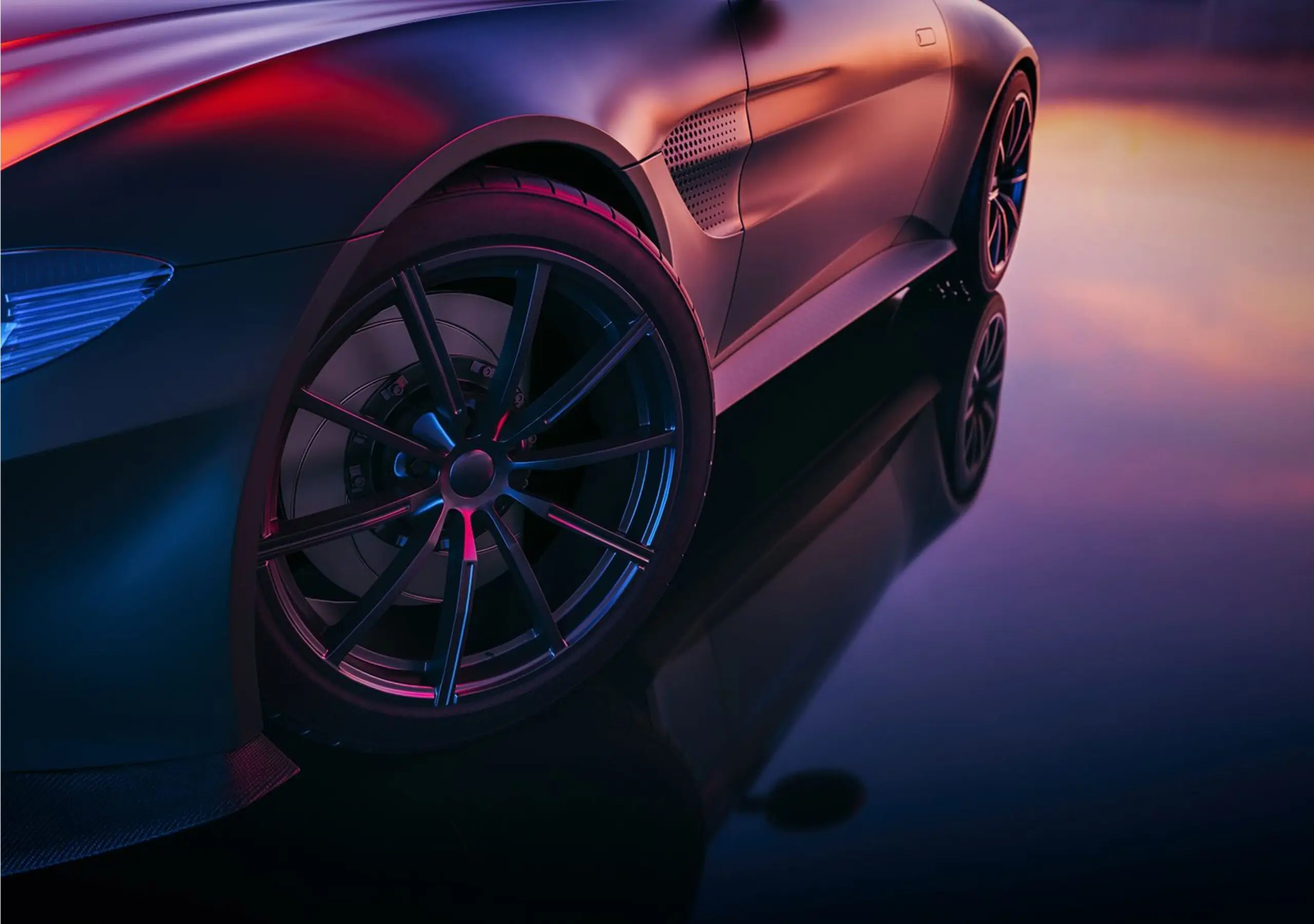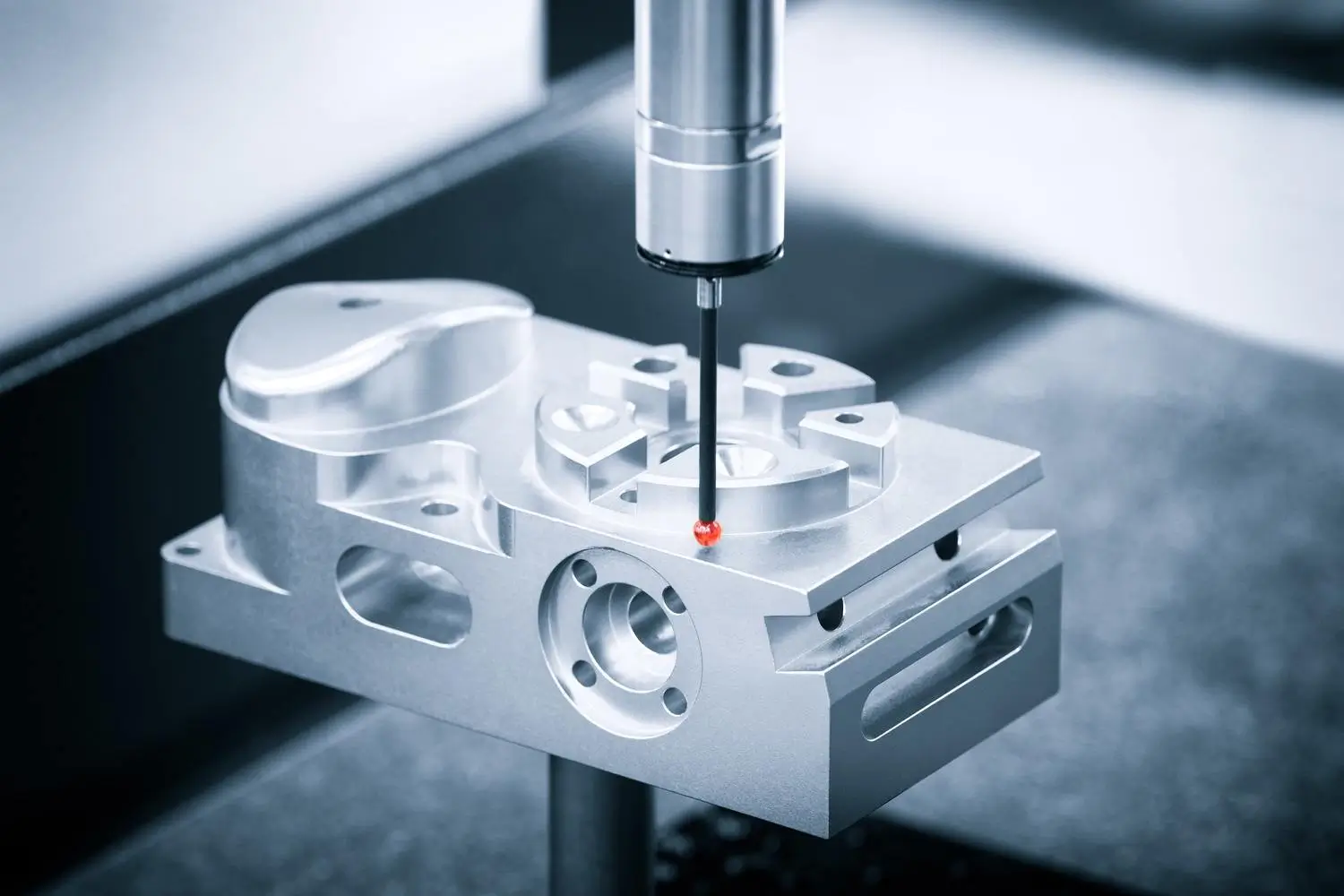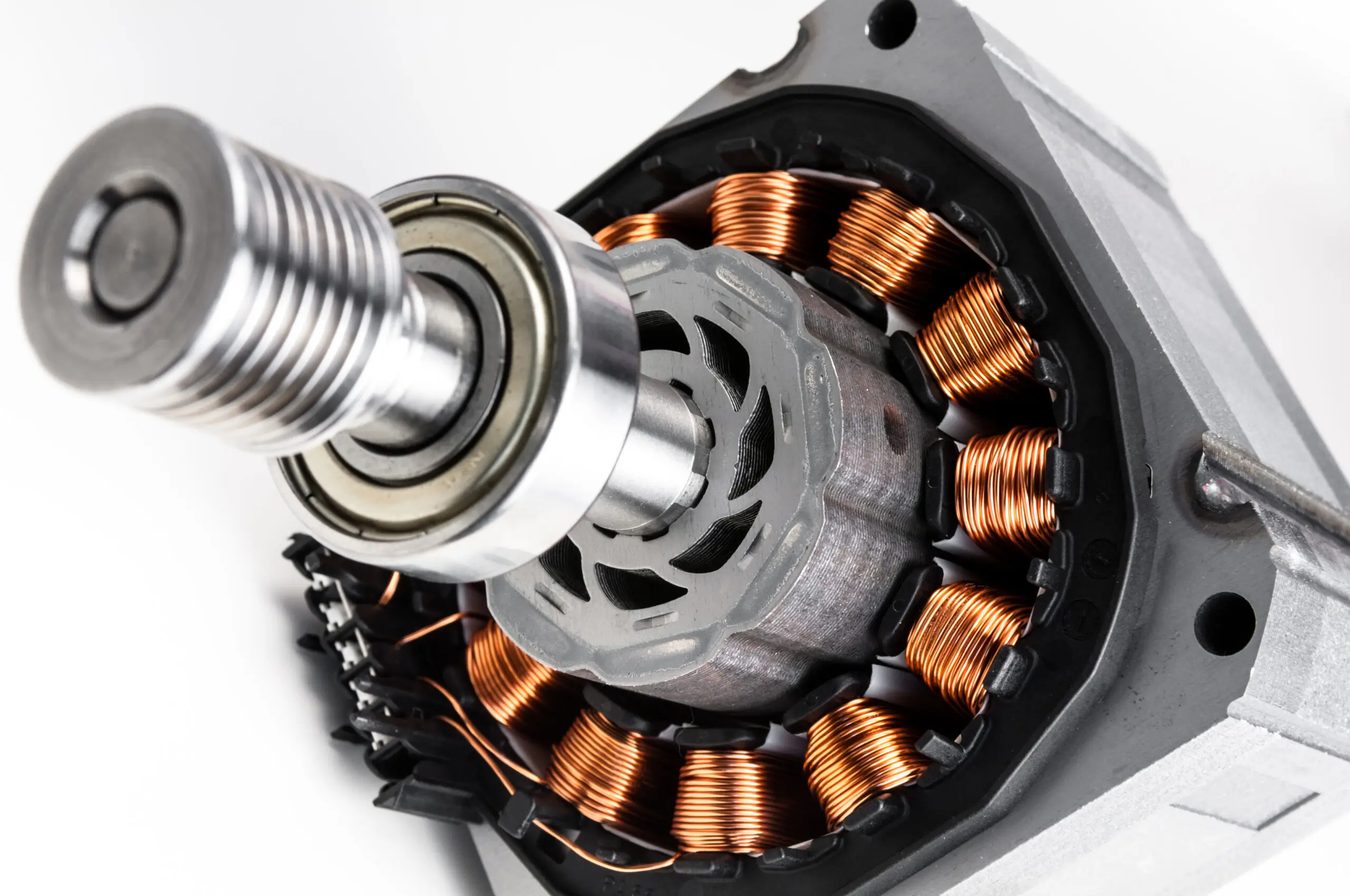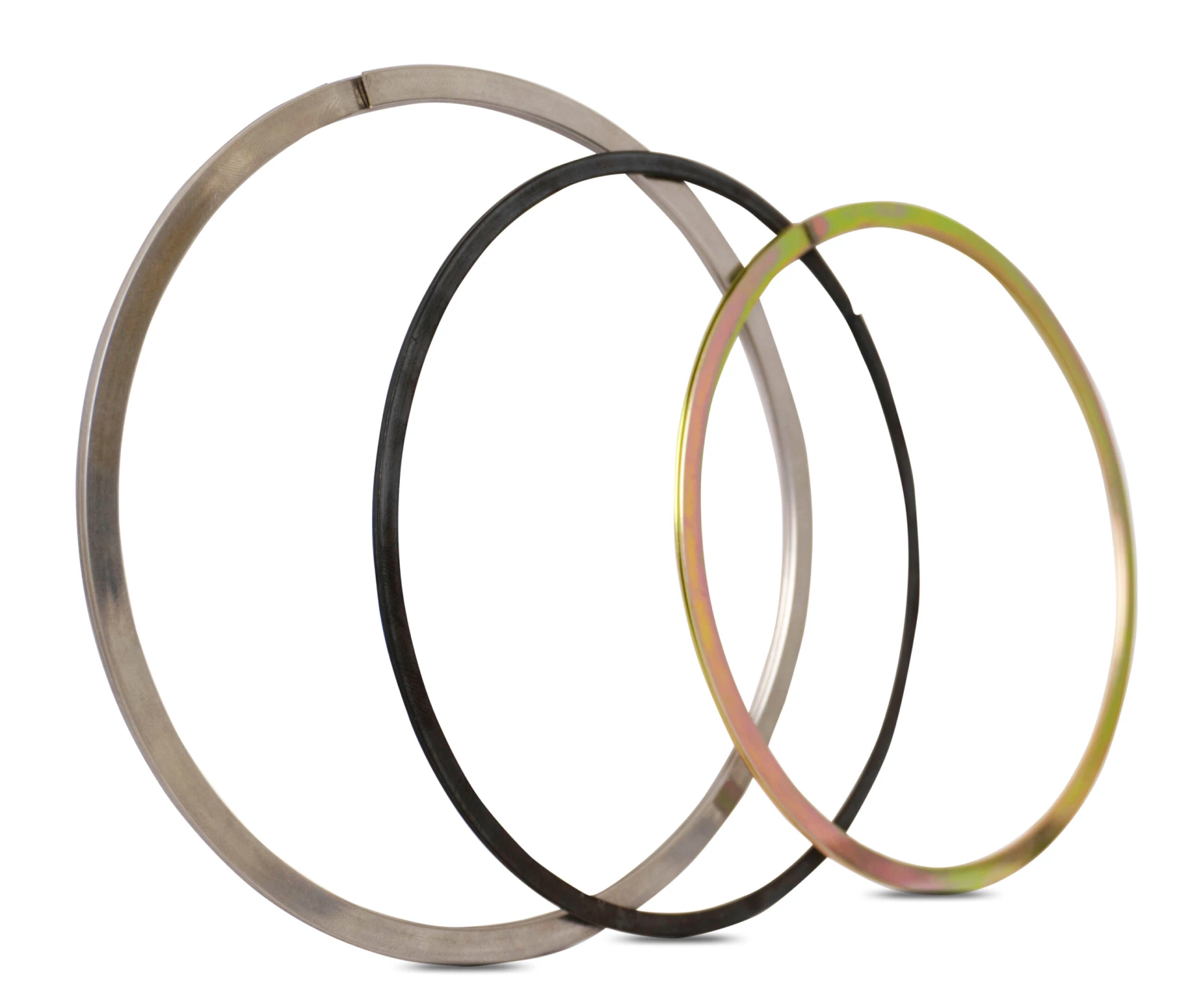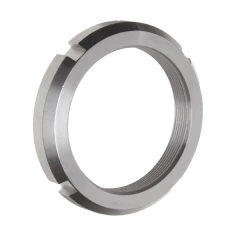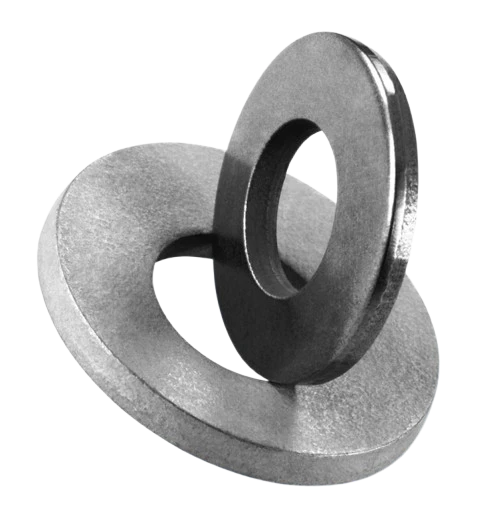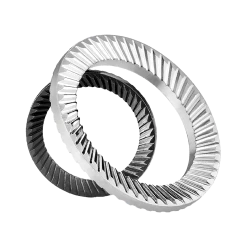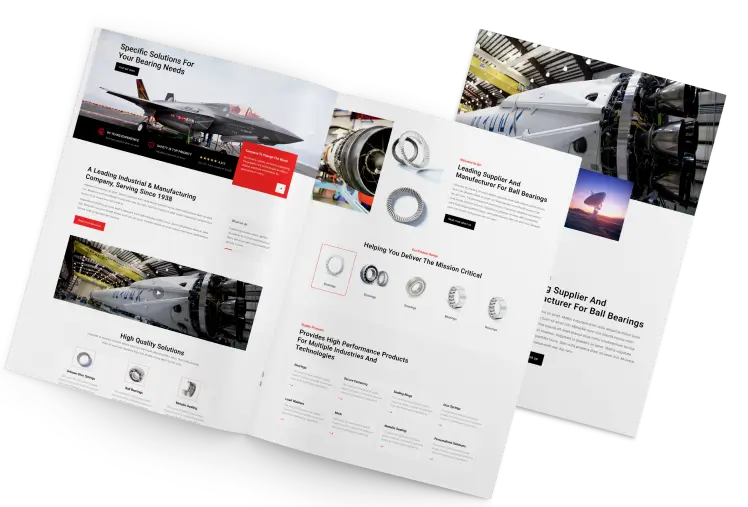Schnorr Disc Springs
Schnorr Disc Springs Guide Clearance
Disc Spring Engineering
Maximum load - minimum space - maximum flexibility
GUIDE CLEARANCE
Disc springs always need a guide element to prevent lateral movement. The guide can be on the outside De or the inside Di of the springs, but inside guidance on a bolt or shaft is preferred to the outside guidance in a sleeve, because if offers design and economic advantages.
For the clearance between the guide and the spring DIN 2093 recommends the following values:
Di or De [mm] | Clearance [mm] |
To 16 | 0.2 |
Over 16 to 20 | 0.3 |
Over 20 to 26 | 0.4 |
Over 26 to 31.5 | 0.5 |
Over 31.5 to 50 | 0.6 |
Over 50 to 80 | 0.8 |
Over 80 to 140 | 1.0 |
Over 140 to 250 | 1.6 |
These values represent the difference in the diameters. Under certain conditions this guide clearance can be reduced, e.g. with high-speed spindles.
In order to avoid jamming of the individual disc springs on the guide bolt or in the guide sleeve, the spring cross-sections must be designed to be rectangular (figure 33). All four corners are slightly rounded with a radius of approximately t/8.
On compression the spring cross-section turns about a centre of rotation S on the diameter Do (figure 33). If in the unloaded condition the contact point of the spring on the guide is below a horizontal through point S, there is no reduction in the inside diameter. The same holds true for an outside guide where the contact point is above the horizontal. For springs with a ratio of ho/t > 1 this is not always the case and a reduction of the Inner diameter must be expected. However, this reduction is mostly very small and with standard springs is covered by the guide clearance laid down in table shown. The calculations to determine the variations in the diameter are very easy today and we recommend you contact us if you require additional information on this subject.
Figure 33 – click to enlarge
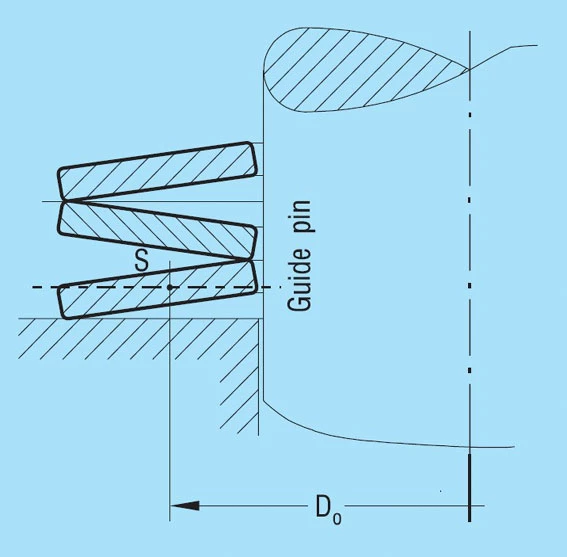
Guide Elements & Abutments
The guide elements and abutments should be hardened if possible to a minimum of 55HRC and a minimum case depth of 0.8mm.
The surface of the guide rod should be smooth and, if possible, ground. For dynamic applications we recommend lubrication with a high pressure grease containing MoS2. For static applications guides may be unhardened.



